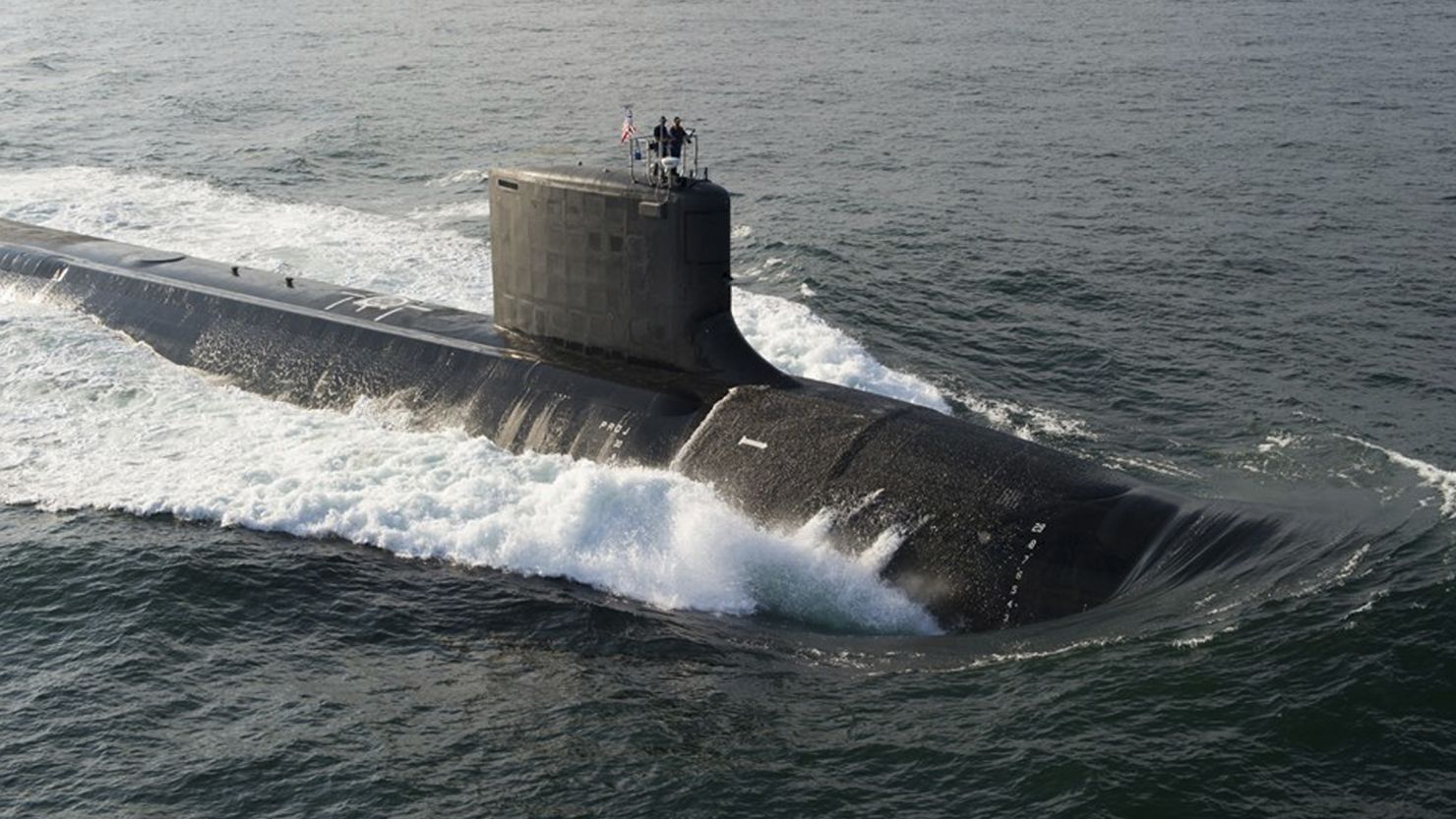Nearly 40% of US fast attack submarines are in repair or awaiting maintenance as shipyards face a shortage of workers and and supply chain issues, according to a new report from the Congressional Research Service.
Of the 49 fast attack submarines in the Navy, a total of 18 are either in depot maintenance or awaiting maintenance, known as idle. According to the report, that number is significantly higher than the Navy target of 20% of the fast attack fleet undergoing maintenance and zero submarines sitting idle and waiting to begin maintenance.
Bloomberg was first to report on the number of submarines that are out of commission.
The last year the Navy was under its target rate was in fiscal year 2015, when a total of 10 submarines – or 19% of the fast attack fleet – were either in or awaiting maintenance. Since then, the number and rate of submarines out of commission has steadily risen to its current high of 37%. The number of fast attack submarines in the Navy has also steadily declined from a high of 53 a decade ago to the current fleet of 49 subs.
The growing number of ships in maintenance stems from a shortage of workers able to carry out the necessary work and a lack of space at the maintenance shipyards, according to the report. In addition, supply chain issues have affected the availability of repair parts, especially since many submarine components are from sole-source supplies.
“The Navy continues to meet all of its operational requirements,” said Commander Jackie Pau, a Navy spokeswoman. “As planned, about one third of our fast attack submarines are currently in maintenance receiving critical repairs to sustain a mission ready force. Maintaining a world-class and worldwide deployable Navy is the first line of defense for the United States – Our Submarine force is a critical investment to global security and stability.”
The Navy plans on purchasing two fast attack submarines each year for the next several years. But the fast attack fleet faces a “valley or trough” in the coming years because of a low number of sub purchases during 1990s in the post-Cold War era.
The strain on the submarine fleet will be exacerbated by the agreement between the US, UK and Australia to provide Canberra with three to five fast attack submarines in the early 2030s. The agreement, known as AUKUS, is a big part of the US shift to focusing on the Indo-Pacific and identifying China as the pacing challenge.
The subs perform a range of missions including anti-submarine warfare, carrying out strikes with cruise missiles, deploying special operations forces, and more. The Navy has three classes of fast attack submarines in service: older Los Angeles-class attack subs, Seawolf-class subs, and the newer Virginia-class subs.

